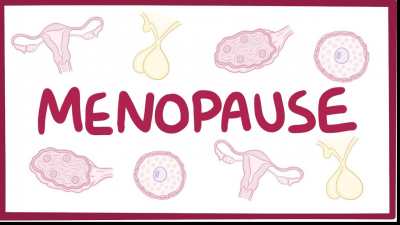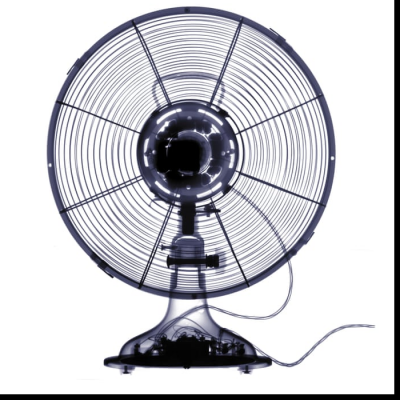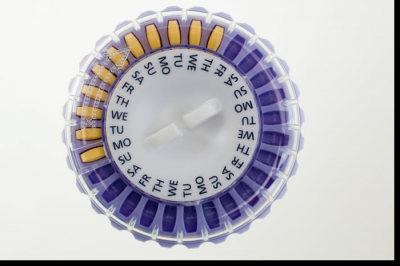What is perimenopause?
Perimenopause, usually called premenopause, is a natural transition period in women towards the end of their reproductive life: menopause.
During this stage, which usually begins around 45-50 years, the menstrual cycles of the woman begin to alter and appear irregularities in menstruation, in addition to other characteristic symptoms.
Despite this, the woman still has ovulations during perimenopause and, therefore, a pregnancy could take place if the necessary precautions are not taken.
Below you have an index with all the points that we will discuss in this article.
Index
- 1. Perimenopause or premenopause?
- 2. Disorders of fertility
- 3. Symptoms
- 4. Treatment
- 5. Pregnancy in perimenopause
- 6. Questions from users
- 6.1. How long is premenopause?
- 6.2. What are the symptoms of premenopause?
- 6.3. At what age is premenopause?
- 6.4. What are the hormonal values ??of a premenopausal woman?
- 7. Recommended reading
- 8. Authors and collaborators
Perimenopause or premenopause?
The terms perimenopause and premenopause are often used interchangeably to describe the same process: the pre-menopausal stage.
However, both concepts do not mean exactly the same. We explain them below:
Premenopause is the period of time before the last menstruation of the woman and can last several years. Generally, premenopause begins when the woman's ovarian reserve begins to decrease. The majority of women experience this follicular exhaustion from 40 years of age. Perimenopause is a shorter and more specific stage, which ranges from 2-3 years before the last menstruation to 1 year after the last bleeding. This stage is characterized by the appearance of premenopausal symptoms. Difference between premenopause and perimenopauseIt should be remembered that menopause itself is what refers to the last menstrual bleeding in the life of women, a fact that happens at the age of 51 years on average.
To confirm that this menstruation is definitely the last, 12 months should pass without any other bleeding. This moment will suppose the end of the perimenopause and the beginning of the postmenopausal stage of the woman.

Disorders of fertility
The beginning of the premenopausal stage is determined by the hormones that regulate the menstrual cycle: estrogen and progesterone. These hormones are produced by the ovaries since they start functioning at puberty.
As menopause approaches, the secreted amount of these hormones decreases progressively due to ovarian aging, which causes fluctuations in the menstrual period.
The reduction of estradiol is the main cause of premenopause and what causes the most characteristic symptoms.
Other changes that the female reproductive system experiences with the arrival of perimenopause, in addition to the decrease in hormonal production, are the following:
- The ovaries secrete ovules with less regularity
- Decreases fertility
- Menstrual cycles shorten
- Testosterone also decreases
If you want to know more information about the functioning of the menstrual cycle and female fertility, you can continue reading here: What happens in the menstrual cycle?



Questions from users
How long is premenopause?
By Zaira Salvador (embriologist).The pre-menopausal stage can have a longer or shorter duration depending on each woman. Some begin before the age of 40 and can last up to 10 years with premenopausal symptoms. Others only get to be a few months and never have menstruation again.
However, perimenopause usually lasts 2 or 3 years in women.
Comments
Post a Comment